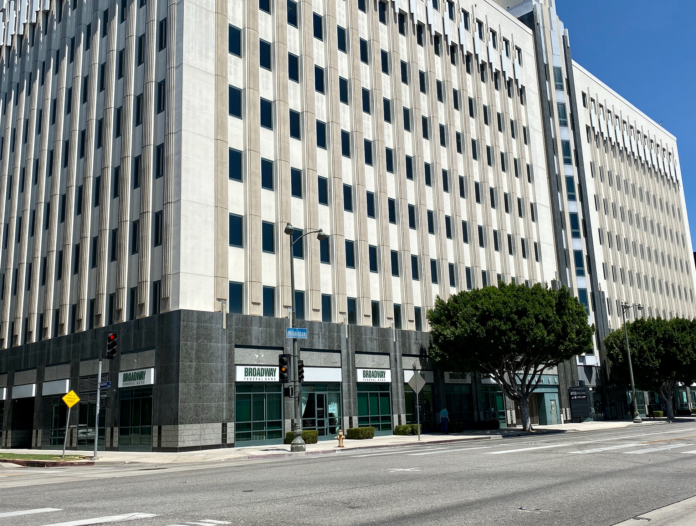In fact, local bankers Jesse Kung and Benjamin Lin have joined a nine-person FDIC panel developing strategies to preserve and promote minority depository institutions nationally.
Kung is president and chief executive of Pasadena-based Evertrust Bank, a $989
million-in-asset institution, while Lin is president and chief executive of Rosemead-
based Pacific Alliance Bank, a $358.3 million-in-asset institution.
Lin said banks coming out of the pandemic are seeing “pretty slow” improvements, and it may take a while before anyone begins thinking about consolidation.
“The number of banks is declining every year. The FDIC is very concerned,” he said. “As long as the pandemic goes on, it’ll take a while to see business pick up.”
The importance of ethnic banks was highlighted recently when downtown-based Broadway Financial Corp. completed its merger with Washington, D.C.-based CFC Banc Corp., creating the largest Black-led bank in the United States with more than $1 billion in assets.
The newly merged bank’s assets account for nearly one-fifth of the $5 billion-plus held last year by Black-owned financial institutions in the United States. The deal comes amid a sharp decline in the number of Black-owned financial institutions — though similar trends aren’t evident yet with Asian American and Hispanic-run banks.
“We have a pretty robust program to preserve and promote these (minority-owned) institutions,” said Betty Rudolph, national director of minority and community development banking for the FDIC.
“A big focus of our efforts over the past few years has been to encourage partnerships between these institutions and larger banks,” Rudolph said of efforts to preserve minority banking in L.A. neighborhoods and elsewhere.
For Black banks, the problem seems to be more acute. According to data compiled by the FDIC, fewer than 20 remain in the U.S., a drop of more than half from 2001. The number of Asian American institutions have nudged up from 67 in 2001 to 70 last year, while Hispanic banks have remained flat at 30 in that same time period.
“There are market pressures to build size and scale. You can do more when you can spread your costs across a larger revenue base. Our research shows that MDIs have consolidated, but a little more moderately than your traditional community banks,” Rudolph said.
In some cases, big banks have stepped up by investing in minority-run bank’s equity, with some even considering partnerships for commercial real estate loan pools.
In what may become a model for preserving MDIs, several big banks recently participated in a private sale of Broadway’s stock to investors, who added $32.9 million of equity.
In February, Walla Walla, Wash.-based Banner Corp., a $15 billion bank holding company with a sizeable presence in L.A., made a $1 million equity investment in Broadway as part of a broader effort to find “meaningful ways to help accelerate change.”
Banner said it does not view the bank as a competitor but rather another option for those in local communities who might be underbanked or unbanked.
“We chose to invest in Broadway because we believe in their mission, and

